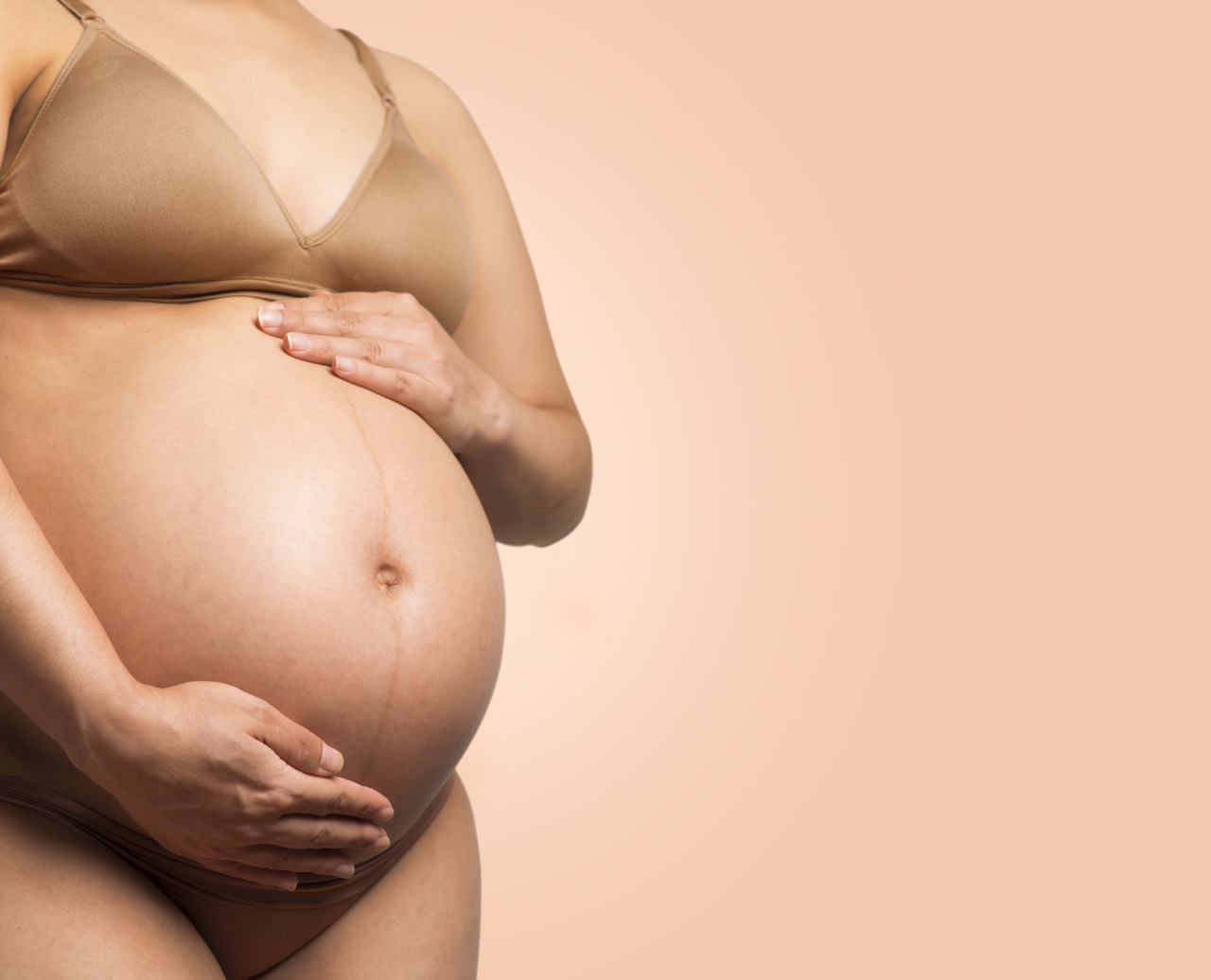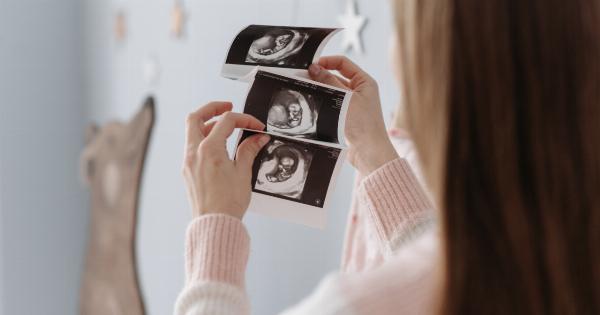Pregnancy is a wonderful and awe-inspiring time for many women, but it can also come with a lot of questions and concerns. One common question that expectant mothers may have is why their belly moves so much during pregnancy.
It may seem strange or even unsettling to see your belly visibly moving, but rest assured that it is completely normal and usually a sign of a healthy pregnancy. In this article, we will explore the reasons behind the movement of the belly during pregnancy and provide some insights into this fascinating phenomenon.
1. Fetal Movement
One of the primary reasons for the movement of the belly during pregnancy is the movement of the fetus itself. As your baby grows and develops inside your uterus, it starts to move around more frequently.
These movements can range from gentle flutters to full-on kicks and punches. The increasing size and strength of the fetus contribute to the visible movement of the belly.
2. Muscle Contractions
The uterus is made up of smooth muscles that contract and relax throughout pregnancy. These contractions help to support the growing baby and prepare the body for childbirth. As the muscles contract, it can cause the belly to move and shift.
Additionally, the movement of the baby can also trigger these contractions, leading to even more noticeable movements of the belly.
3. Amniotic Fluid
The amniotic fluid surrounding the fetus also plays a role in the movement of the belly. Amniotic fluid is a clear, slightly yellowish liquid that fills the amniotic sac, providing protection and cushioning for the developing baby.
As the baby moves inside the uterus, the amniotic fluid moves with them, causing the belly to visibly shift and ripple.
4. Ligament Stretching
During pregnancy, the ligaments supporting the uterus and surrounding organs stretch and expand to accommodate the growing baby. This stretching can cause discomfort or even pain for some women, but it can also contribute to the movement of the belly.
As the ligaments expand, it can make the belly appear more mobile and dynamic.
5. Gas and Digestive Movements
Another factor that can contribute to the movement of the belly during pregnancy is gas and digestive movements. Hormonal changes during pregnancy can slow down the digestive process, leading to increased gas and bloating.
These gas bubbles and movements can create visible ripples and movements on the surface of the belly.
6. Multiple Pregnancies
If you are carrying twins or multiples, you may notice even more movement in your belly. Multiple pregnancies generally result in increased fetal movement, as there are more babies sharing the limited space inside the uterus.
This can result in a more active and visibly moving belly.
7. Braxton Hicks Contractions
Braxton Hicks contractions, also known as “practice” contractions, are another possible cause of belly movement during pregnancy. These contractions are usually painless and occur randomly throughout the day.
While they may not always be visible, they can sometimes cause the belly to tighten or shift, resulting in noticeable movements.
8. Placental Movement
The placenta, an organ that develops during pregnancy to provide oxygen and nutrients to the baby, can also play a role in belly movement.
As the baby moves and kicks, it can cause the placenta to shift and move inside the uterus, creating visible movement on the surface of the belly.
9. Increased Blood Flow
During pregnancy, there is a significant increase in blood flow to the uterus to support the developing baby. This increased blood flow can lead to visible pulsations or movements on the surface of the belly.
While these movements are generally not as pronounced as fetal movements, they can still contribute to the overall movement of the belly.
10. Personal Sensations
Lastly, it is important to consider that the perception of belly movement may vary from person to person.
Some women may be more sensitive or in tune with the internal sensations of their bodies, making them more likely to notice and interpret even subtle movements of the belly.
Conclusion
The movement of the belly during pregnancy can be a source of amazement, curiosity, and even concern for expectant mothers. However, it is usually a normal and healthy part of pregnancy.
The various factors discussed in this article, such as fetal movement, muscle contractions, amniotic fluid, ligament stretching, gas and digestive movements, multiple pregnancies, Braxton Hicks contractions, placental movement, increased blood flow, and personal sensations, all contribute to the visible movement of the belly. If you have any concerns about the movements or notice any sudden or drastic changes, it is always best to consult with your healthcare provider to ensure the well-being of both you and your baby.




























